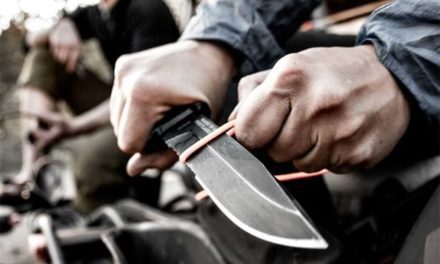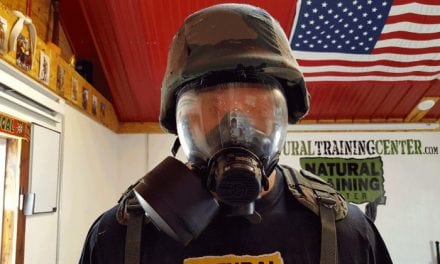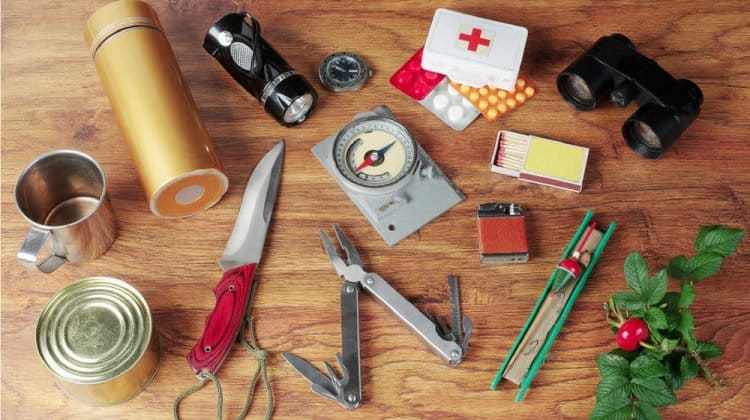
Have you ever given the thought that you should learn how to create your own survival kit? If you or knew someone who has been in a disaster or an emergency you most likely have done so.
Create Your Own Survival Kit And Live To Tell The Tale
But as every survival enthusiast knows that preparedness is the key to surviving a disaster. So, why wait before it’s too late? You might as well learn the basics on how to create your own survival kit and live to tell the tale than regret not having done so when the need for it arises. All I need from you is your undivided attention, your commitment to push through after reading this article, the dedication to maintain your survival kit, and more importantly share it with the people you love.
1. Learn The Risks
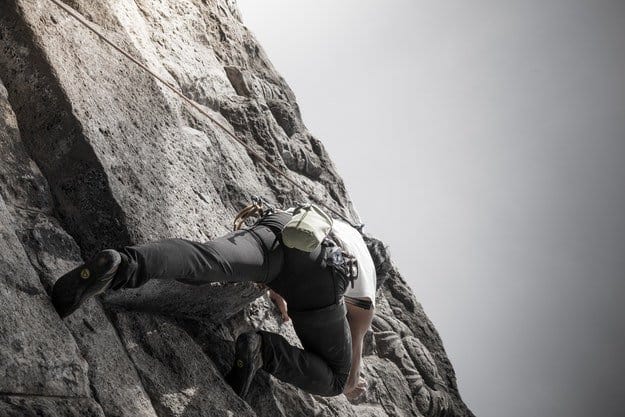
If you are residing in an area that has a high risk of disaster, it is best to learn about the risks you might be facing. Looking through the natural or manmade disaster history will help. You can also coordinate with your local authorities like the Red Cross, local emergency unit, and police.
2. Come Up With A Checklist
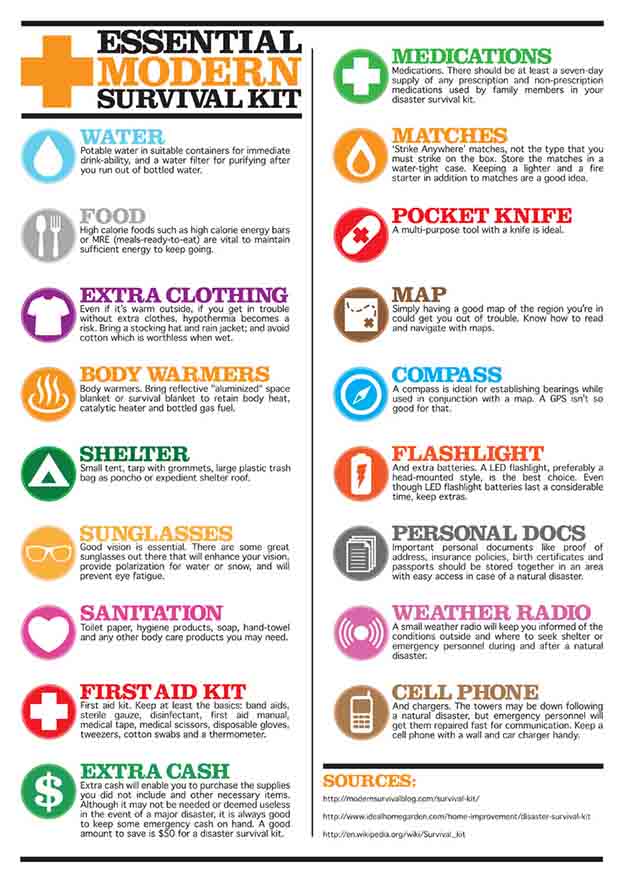
Once you are able to identify the risks, you can now start coming up with your personal survival kit checklist. This will make it easier to build your kit in a more specific manner of purchasing and assembling.
3. Decide About the Kind of Kit You Will Be Using
Would you want to have a one-time use kit or reusable one? Whether you use a backpack or a water tight plastic container the contents matter the most. There are survival kits for sheltering in, for bugging out and even for your vehicle. Preparing for all of these is essential. Need a tactical backpack that’ll withstand just about anything? Check this one out.
4. Avoid Overpacking
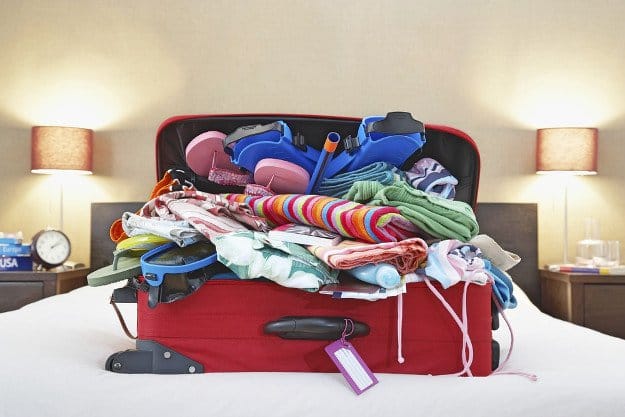
A kit that is too heavy or too large is just like not having any kit at all. The urge to take more than what is needed takes a lot of discipline. Stick to your list and what you really need to put in the kit.
5. Seek Shelter
Either you prepare a bug out shelter or have a tent ready. Being exposed to extreme weather conditions like rain, snow or simply getting cold during the night can cause serious health problems for you and your family. Don’t forget to include warm bedding like wool or fleece blanket or an emergency blanket, brightly colored or orange clothing, or sleeping bag.
6. Prepare Water and Filtration Supplies
Store a minimum of a gallon per person per day for at least three days. Half will be for drinking and the other half will be for food preparation and sanitation. For portable survival kits, have 130 – 160 oz per person per day. That’s the minimum to maximum amount depending on your size. Store potassium iodide tablets for treating radiated water. Other options are bleach, water filter straw, sterilized water bag or box, collapsible plastic containers, and water purification tablets.
7. Store Food
We need 2,000 calories of food per person per day. That is why high calorie, non-perishable foods are highly recommended. You get the required calorie intake and have more than enough energy to get through the day. If you can stack up on different kinds of food bars than canned goods then you can actually stack more and carry light. Some food bars has a shelf life of 5 years. MRE’s, jerky, raisins, peanuts, peanut butter, freeze-dried meals, granola bars, pop tarts and snicker bars are just a few examples.
8. First Aid and Hygiene
It is not uncommon to get injured during a disaster or emergencies. It must contain gauze, alcohol, swabs, bandages, splints, cold packs and more. You should also start doing some first aid skills on how to treat injuries, illnesses and other disaster-related injuries. Other items you must not forget are toilet paper, napkins, diapers (if you have a baby), medications, and equipment for elderly or disabled.
9. Radio and Communication
A hand cranked or battery operated NOAA radio will keep you informed about where and when help is coming as well as evacuations. Mobile networks and the internet might not work during disasters or emergencies. That is why it is best to pack standard communication radios, flares, a compass, a warning light, hand-held GPS device, and a whole lot more.
10. Have the Tools to Function
A multi-tool is great for different kinds of needs such as opening a can of food or having to cut or slice food. A small cooking pot for heating and cooking food, or even for heating water will do wonders for you. Other tools that you need to function are waterproof lighters or matches, an empty aluminum container for water, fire starting kit, paracord, and a whistle.
11. Flashlight and Other Light Sources
If an open flame increases the risk of adding more harm than good, then an emergency flashlight and other light sources will do. You can use the flashlight to send distress signals. Light sticks can be good ways to signal for help or increase visibility if stranded in your car.
12. Expect the Unexpected
Work gloves, poncho, duct tape and extra cash on hand. You will need money to use a payphone or rent out a taxi or car. Work gloves can help you clear debris and prevent post-disaster injuries. Copies of personal documents, medical history records are highly recommended.
13. Pack SMART
Tie small loose items together for easy storage and you can also find them easily when needed. Pack things starting from the heaviest to the lightest. Better yet you can place them on top of the bag or container, and then group them according to need.
14. Keep it Within Reach
You’ll never know when a disaster or an emergency strikes. That is why you should place your survival kit in places you frequently go to like the office, gym, your home. Placing one in your car is also advisable since you use that in between waypoints or going camping.
Watch this video by BlackScoutSurvival as he shows you how to build his own survival kit!
If you have a pet, you should pack a little extra food and water for them too! Familiarize yourself with the things you put in the survival kit. Use them often. Keep track of their expiration dates and replace them every 6 months. You can do drills with your family and friends during camping or make it a yearly family affair. This will make you mentally prepared which is a crucial skill everyone needs when a disaster or emergency happens. So, do you think this will make a difference in your life if ever a disaster strikes? Please leave a comment below if you think this has been helpful!
Have you learned a lot? Here’s how to make your own altoids urban survival kit!
View this wonderful Hoffman Richter Elite knife on Survival Life Store that would go great with you survival kit!
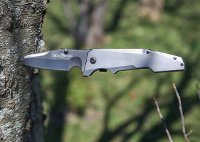
Don’t forget to sign up for our newsletter!
Follow us on Facebook, Instagram, Twitter, Pinterest, and Tumblr!












